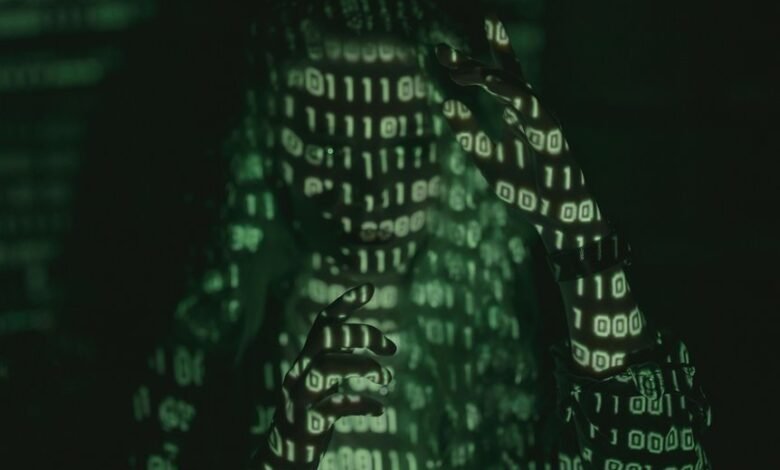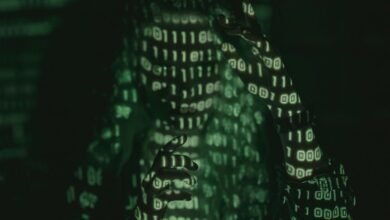Understanding This Number: 6143000013

The number 6143000013 presents a multifaceted case for analysis. Its origins and applications span various sectors, particularly telecommunications and finance. Each digit holds potential implications for efficiency and connectivity. Understanding this number could reveal deeper insights into societal trends and cultural significance. What lies beneath its surface may reshape perceptions of numerical relevance and its impact on everyday life. Thus, the exploration of this number warrants further examination.
The Origins of 6143000013
The number 6143000013 possesses a unique mathematical and historical significance that warrants examination.
Within its structure lie intriguing numerical patterns reflecting broader historical contexts. Analyzing its formation reveals insights into the era of its conception, highlighting the interplay between mathematics and societal developments.
This number serves as a lens through which to explore the evolution of numerical systems and their implications for freedom and expression.
Applications in Telecommunications
Telecommunications systems have increasingly relied on unique numerical identifiers, such as 6143000013, to streamline communication processes and facilitate efficient data transmission.
These identifiers enhance mobile networks by ensuring seamless connectivity and interoperability across diverse telecommunications infrastructure.
Financial Implications and Usage
Numerous financial implications arise from the usage of unique numerical identifiers in telecommunications, impacting both service providers and consumers.
These identifiers facilitate streamlined transactions, influencing financial trends by enhancing efficiency and reducing operational costs.
Consequently, the economic impact extends beyond individual businesses, shaping market dynamics and consumer behavior, ultimately fostering a more competitive landscape that champions innovation and freedom in financial interactions.
Decoding the Significance in Everyday Life
Unique numerical identifiers extend their influence beyond financial transactions, permeating various aspects of daily life.
Number symbolism plays a critical role in cultural interpretations, shaping perceptions and behaviors. For instance, certain numbers may evoke luck or significance in various societies, influencing decisions from naming conventions to personal milestones.
Understanding these implications fosters a broader appreciation of how numbers resonate in human experience, enhancing individual autonomy.
Conclusion
In examining the number 6143000013, one uncovers a remarkable intersection of technology, finance, and culture. Coincidentally, this number embodies the complexity of modern communication while simultaneously reflecting historical numerical significance. As it weaves through various domains, it serves as a reminder of how seemingly arbitrary figures can shape societal structures and drive economic trends. This exploration invites a deeper appreciation for the hidden narratives within numbers, urging us to reconsider their roles in our increasingly interconnected lives.





